To provide observations and information on the emerging fields of landscape scale conservation, heritage preservation, and sustainable community development.
Newsletter
Stay up-to-date with the latest nature, culture and community news.
We won’t spam you or share your information. Newsletters are sent approximately 10 times a year. Unsubscribe at any time.
Fall Meetings and Networking
Federal Budget: First Look is not Promising
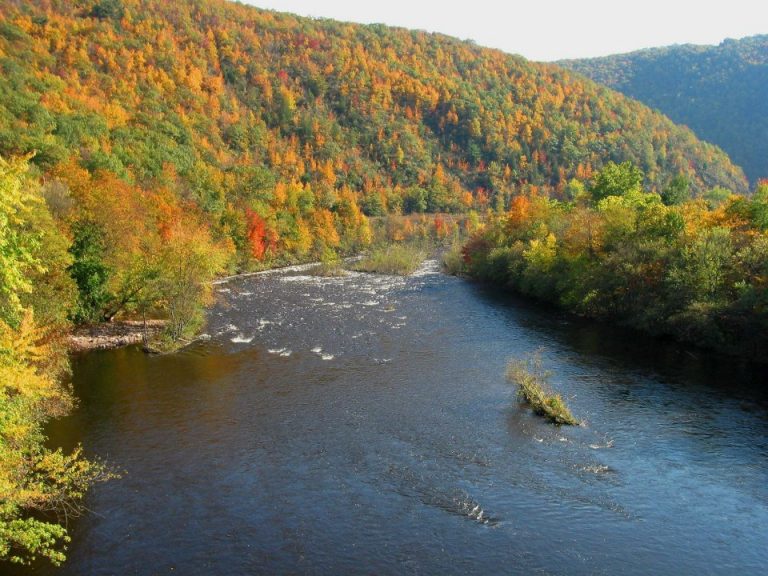
The Role of Storytelling in Landscape Conservation
The idea of using cultural objects or site-specific historic places as a way convey a story is customary practice in heritage interpretation. However, storytelling on a landscape scale is less common. Heritage areas and the United States National Heritage Area (NHA) program in particular have demonstrated the power of this approach to build partnerships and unify a region. More recently the movement to conserve landscapes at scale has recognized the significance of storytelling to connect people to the resource. More challenging is telling the less visible stories.
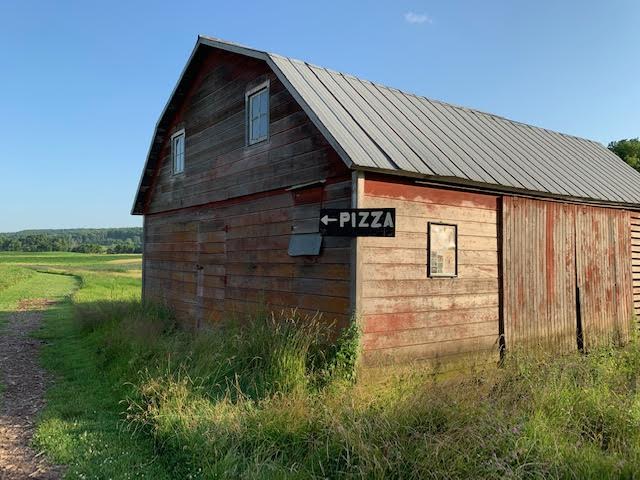
The Role of Cultural Heritage in Rural Landscapes
Recent writing and research shows the contribution that rural and traditional working landscapes can make to landscape resilience, sustainability, and ecological diversity, which in turn can play a part in combatting climate change. The scale of these landscapes has also been a driver of the need to integrate the management of nature and culture. What has been less discussed are the contributions of cultural values to the conservation of rural landscapes. For example, the World Heritage criteria that most directly applies to working landscapes states that cultural landscapes are sites where the interaction between people and their environment is considered to be of outstanding universal value. A closer examination of the people part of the equation is warranted.
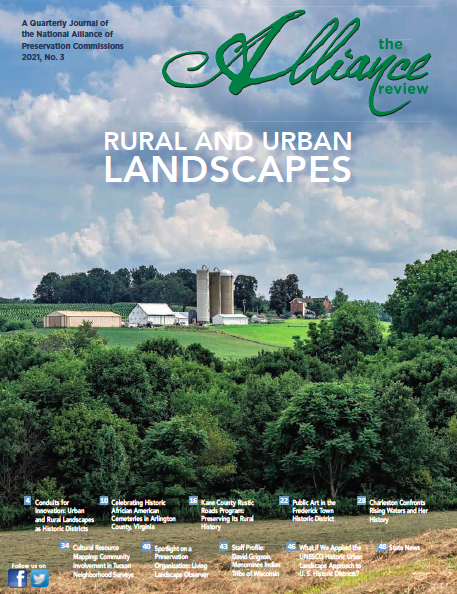
Turning a Spotlight on the Living Landscape Observer
The need for a closer partnership between conservation and historic preservation was one of the motivations for the creation of the Living Landscape Observer (LLO). The LLO reports on large landscape conservation, an approach that blends ingredients of land conservation, historic preservation, and sustainable community development.
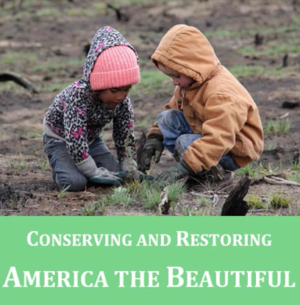
Ideas to Reach the Goals of Thirty x Thirty
In January 2021, the Biden administration announced a plan to protect 30 percent of the country’s land and water by 2030. The effort, which is global in scale, has been dubbed 30×30. History, especially the recent past, can offer some promising lessons to help guide the new campaign.
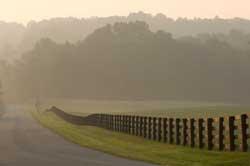
The National Heritage Areas Act: Now is the Time
The first National Heritage Area was designated in 1984 and today there 55 areas showcasing the nation’s rich cultural and natural resources. But while evaluations and lived experience show the success of the idea, official acknowledgement of NHAs as part of the park service family has not been achieved despite years of advocacy. Read here why now is the time to recognize NHAs as a legislatively authorized component part of the National Park Service.

The Role of Storytelling in Landscape Conservation
The idea of using cultural objects or site-specific historic places as a way convey a story is customary practice in heritage interpretation. However, storytelling on a landscape scale is less common. Heritage areas and the United States National Heritage Area (NHA) program in particular have demonstrated the power of this approach to build partnerships and unify a region. More recently the movement to conserve landscapes at scale has recognized the significance of storytelling to connect people to the resource. More challenging is telling the less visible stories.

The Role of Cultural Heritage in Rural Landscapes
Recent writing and research shows the contribution that rural and traditional working landscapes can make to landscape resilience, sustainability, and ecological diversity, which in turn can play a part in combatting climate change. The scale of these landscapes has also been a driver of the need to integrate the management of nature and culture. What has been less discussed are the contributions of cultural values to the conservation of rural landscapes. For example, the World Heritage criteria that most directly applies to working landscapes states that cultural landscapes are sites where the interaction between people and their environment is considered to be of outstanding universal value. A closer examination of the people part of the equation is warranted.

Turning a Spotlight on the Living Landscape Observer
The need for a closer partnership between conservation and historic preservation was one of the motivations for the creation of the Living Landscape Observer (LLO). The LLO reports on large landscape conservation, an approach that blends ingredients of land conservation, historic preservation, and sustainable community development.

Ideas to Reach the Goals of Thirty x Thirty
In January 2021, the Biden administration announced a plan to protect 30 percent of the country’s land and water by 2030. The effort, which is global in scale, has been dubbed 30×30. History, especially the recent past, can offer some promising lessons to help guide the new campaign.

The National Heritage Areas Act: Now is the Time
The first National Heritage Area was designated in 1984 and today there 55 areas showcasing the nation’s rich cultural and natural resources. But while evaluations and lived experience show the success of the idea, official acknowledgement of NHAs as part of the park service family has not been achieved despite years of advocacy. Read here why now is the time to recognize NHAs as a legislatively authorized component part of the National Park Service.


